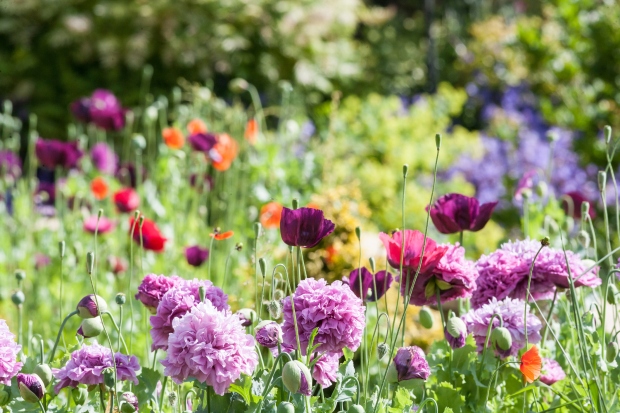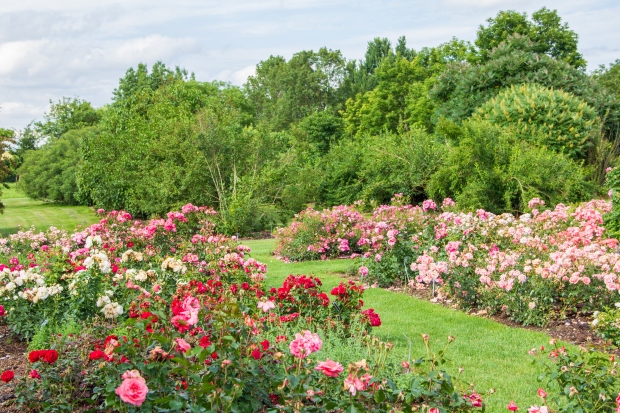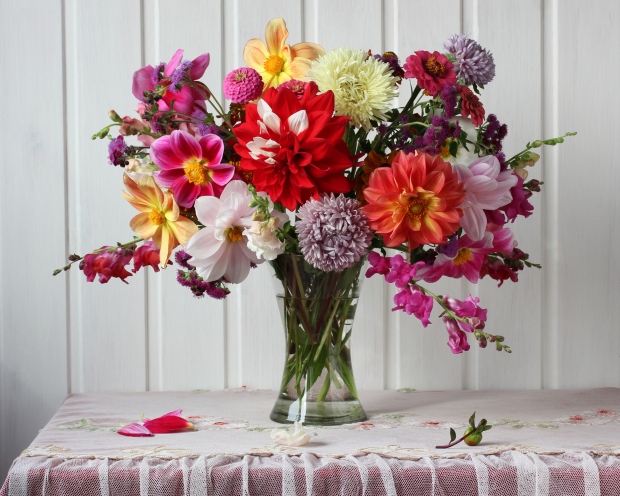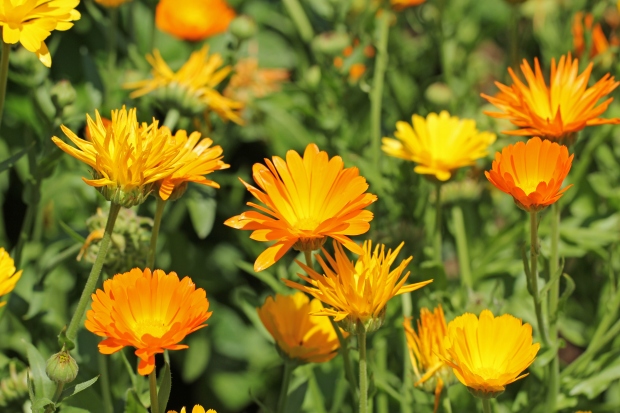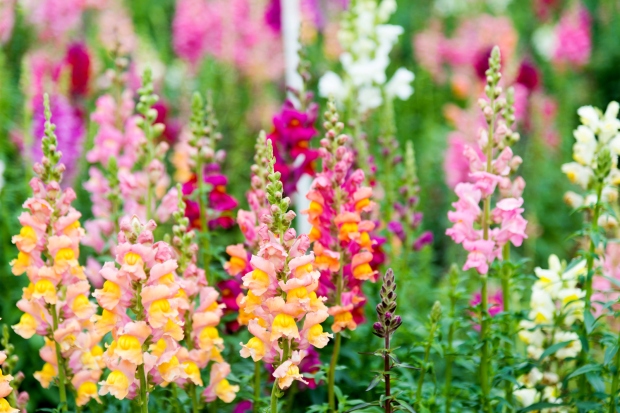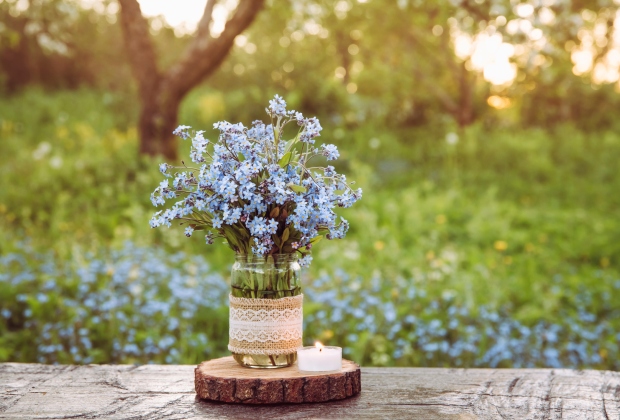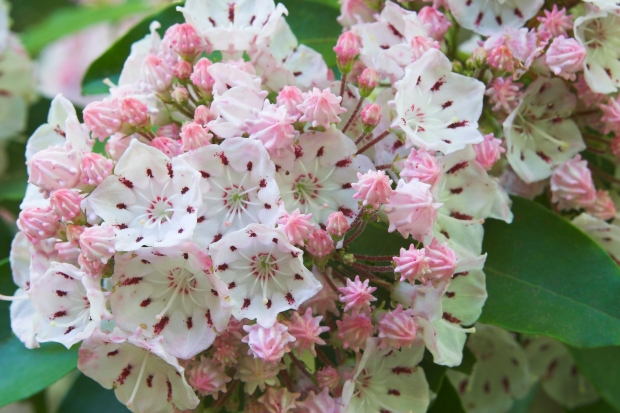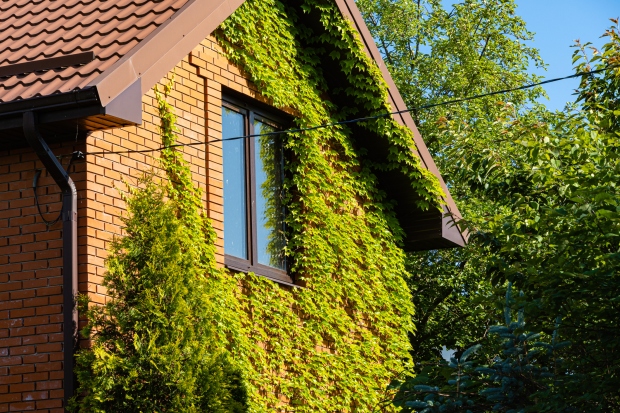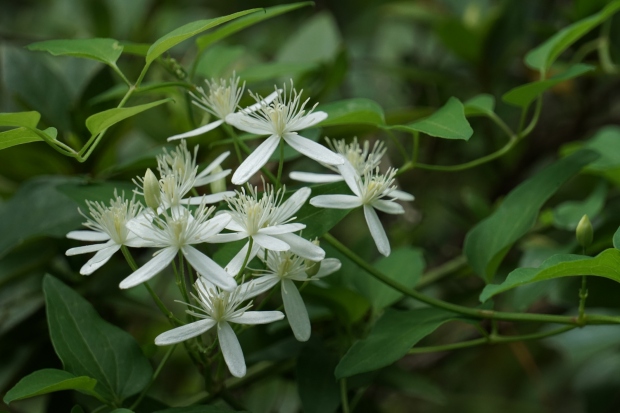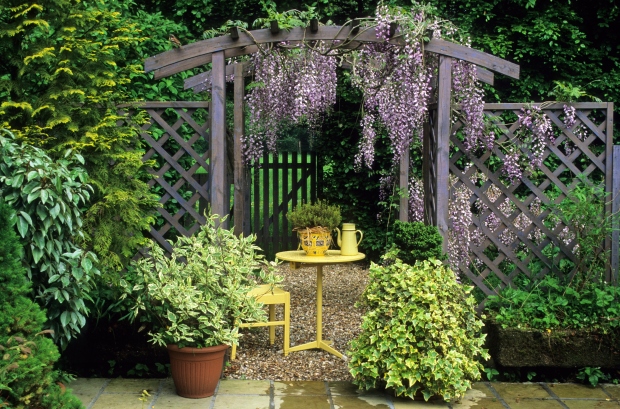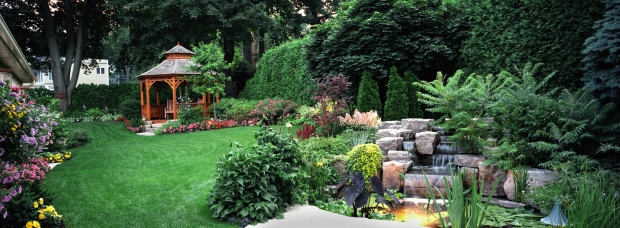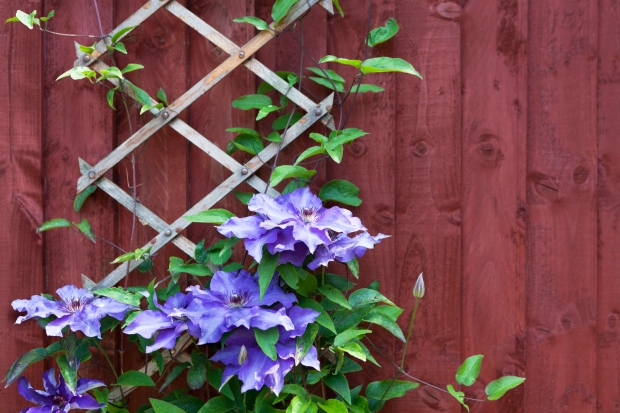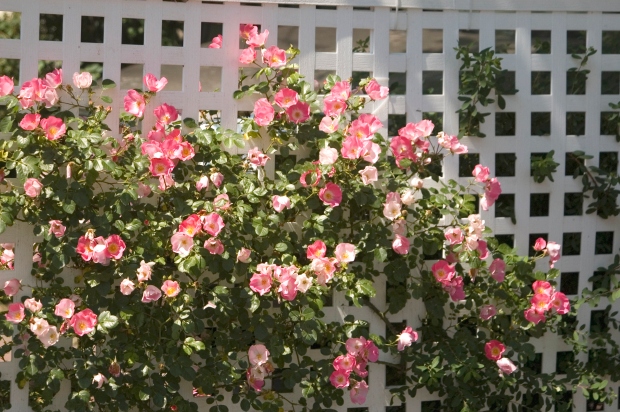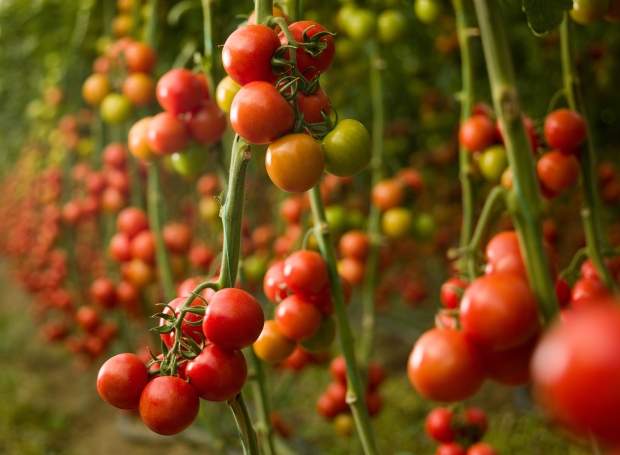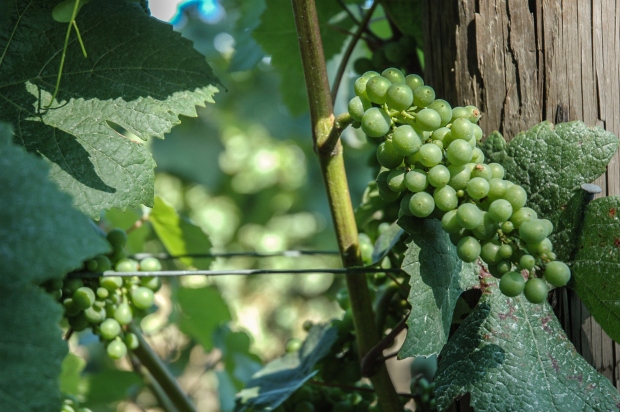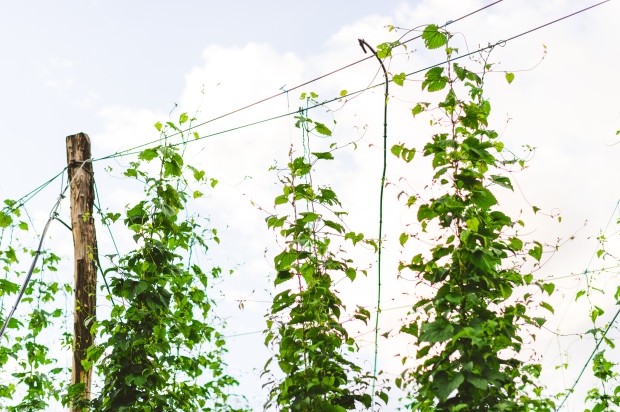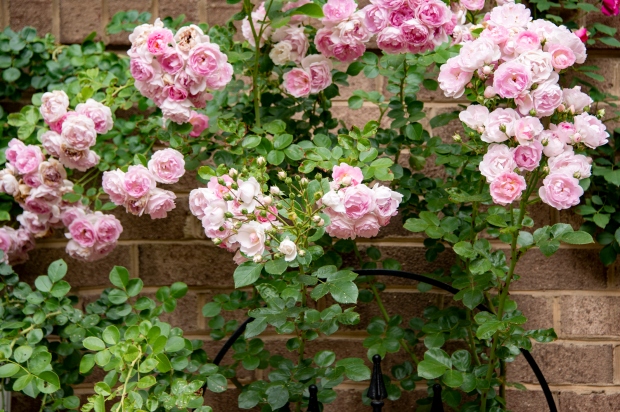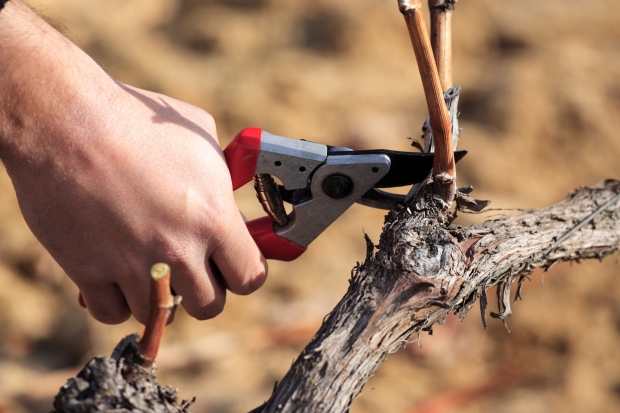How to Maintain a Cut-Flower Garden
Getting seeds in the ground is just the first step for establishing a cut-flower garden. The real work takes place over the rest of the growing season as you tend to fragile seedlings and maximize their bloom potential.
1. Weed Thoroughly and Often
By far, the biggest threat to your cut flowers will be weeds. These tenacious plants can grow from tiny seedlings to looming hulks seemingly overnight and quickly choke out your flowers.
The best strategy for keeping them under control is to remove weeds as soon as you see them. This means you’ll need to get into the garden bed for weeding every few days as your plants get established. Once your flowers grow to size, they will start to shade out weeds and better be able to out-compete them.
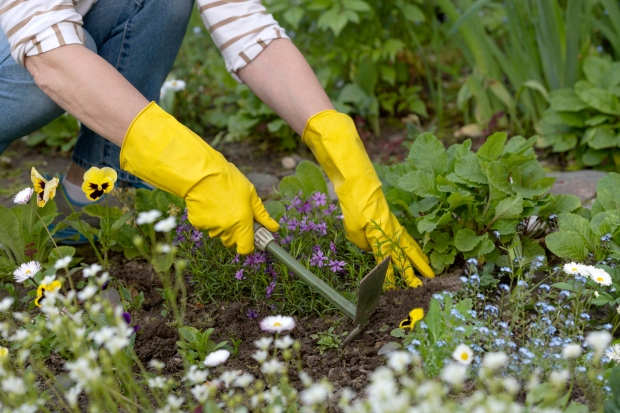
2. Keep Things Trimmed
Plants produce flowers as a means of reproduction. Their goal is to get these flowers fertilized so the plant can produce seeds. Once it succeeds in creating the next generation, your plant will stop producing more flowers.
Your job is to prevent this process by continuously trimming off flowers (even the ones not perfect enough for a bouquet). This ensures the plant continues to produce new blossoms in an attempt to finally succeed in making seeds.
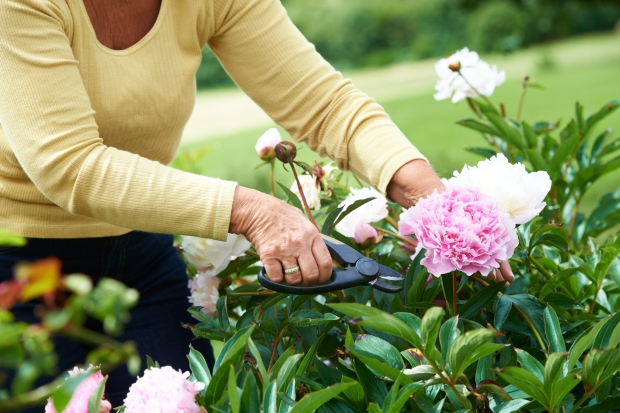
3. Have a Replanting Plan
Even with consistent trimming, all cut flowers have a finite lifespan. If you really want to maximize the blooms from your growing space, you’ll need to plan several succession plantings. This might mean staggered plantings of the same variety, or plans to pull out dying plants to replace them with something entirely new.
Note: It may take a few garden seasons for you to master your planting plan. The goal is to always have enough flowers blooming to make visually interesting bouquets. Expect it to take some trial and error to figure out what works best for both your growing space and cut-flower requirements.
4. Address Pests and Disease Problems Immediately
Unlike fruit and vegetable plants, flowers tend to deal with fewer pest problems. But even so, a small infestation can cause significant damage if you don’t address the situation immediately. After all, no one wants a bouquet with zinnia with half their petals chewed off.
The best way to avoid insect problems is to monitor your growing space regularly. Inspect plants every week, looking for bite marks and checking the undersides of leaves for egg clusters. Treat any signs of an infestation with an insecticidal spray so you can combat the problem before it gets out of hand.

Disease problems should be addressed the same way. Treat infected plants with fungicides or other relevant products immediately, and remove and destroy infected plants if the situation doesn’t seem to be improving.
